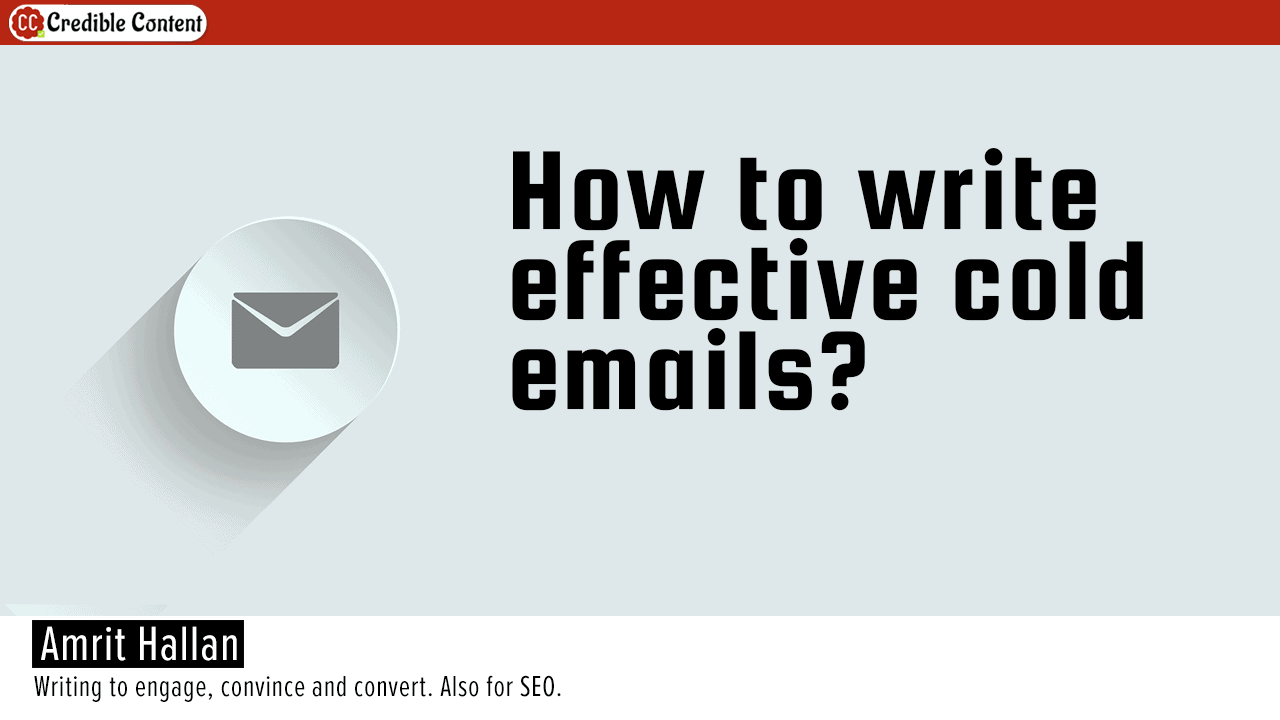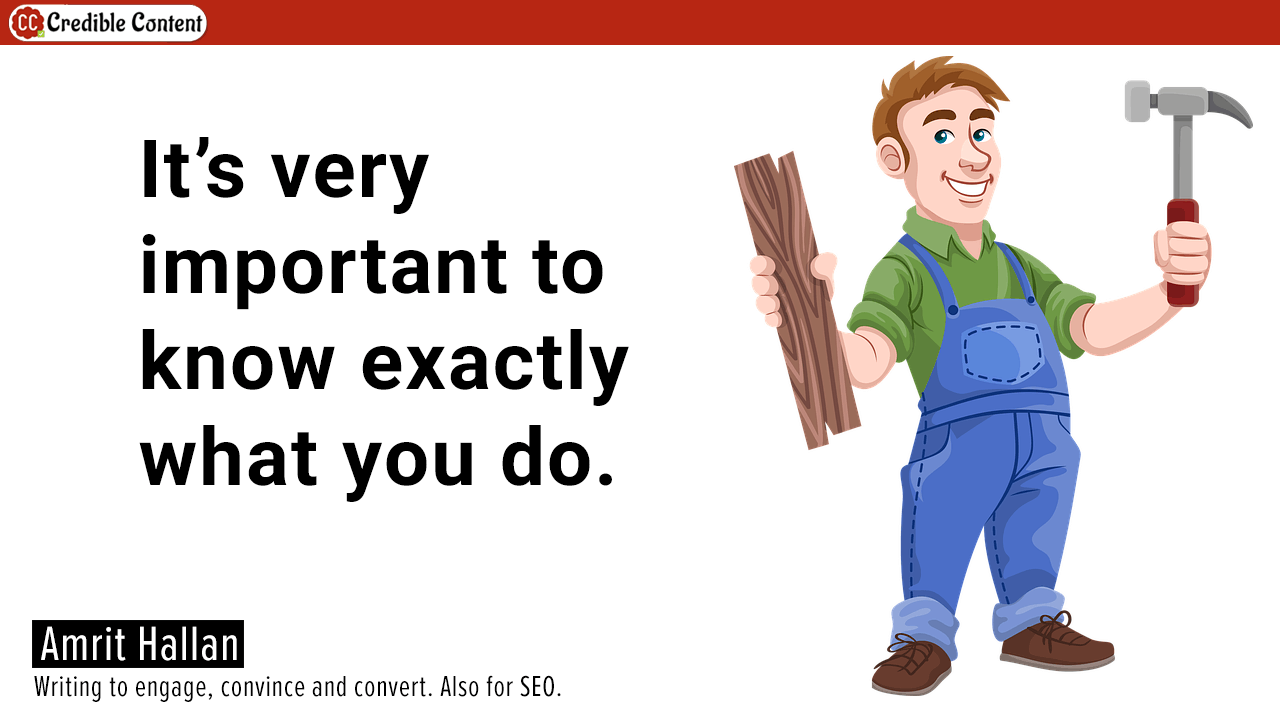I think suddenly a web page that talks about my email writing services has risen in its rankings. I get lots of queries about my email writing services. Many clients also want me to write cold emails for them.
What are cold emails? No, they’re not written after keeping your laptop in the refrigerator for 30 minutes. Or maybe they are called cold emails because you expect people to give you a cold shoulder after receiving them.
Cold emails or unsolicited messages are sent to people who are unaware of your existence. You offer them your product or service through the cold email. They are not expecting to hear from you. They don’t know anything about you. They are just going about their life and then suddenly your message pops up in their inbox and low and behold!
I have never written cold emails to promote my content writing services because I have rejection issues, but I have written plenty of them for my clients.
There is a difference between cold emails and bulk emails
Cold emails are different from the usual bulk email marketing campaigns mostly considered as spam. A cold email is sent directly, preferably to someone you know, with a unique business proposition or a unique idea, or a unique bit of information that you feel will be useful to the person.
A cold email is good for one-on-one interaction. You come across a person. You have his or her email address. You know what the person does and what sort of business partnership you can have. So, you send a proposal.
How to write an effective cold email that generates a response?
Keep it personal
Address the person by name, something like “Hi Balbir.” Use a conversational tone.
Use a compelling subject line
By “compelling” I’m not saying using hyperbolic expressions or promising the stars. Avoid something like, “This email is going to transform your life!”
When sending out cold emails, my personal recommendation is that try to build a relationship instead of getting a business deal or trying to sell something.
A good example would be, sharing a piece of information that would be useful to the recipient. And use that thing in the subject line (Here is something I found that will be useful to you… ).
Use a recognizable “from” line
Use your name instead of just your business. The “from” line can contain something like your first name, your first name and the title, your first name and the company name, and so on. Just make sure that your name is there.
Quickly introduce yourself
It takes someone just a couple of seconds to move to the next message. As soon as the body text of your email begins, tell about yourself. Possibly in just two sentences. Introduce yourself in a manner that it is relevant to the cold email that you are sending.
For example, if I want to offer my content writing services, I should introduce myself like, “I am an experienced content writer who…”
Start with some words of encouragement
Don’t start with “me, I” – start with “you”. Something like, “I really like what you have written on your website, particularly on this web page…”
Or, “The point that you made in the recent LinkedIn conversation was quite revealing and informative.”
Come to the point as fast as possible
Preferably, your cold email shouldn’t be more than 60-100 words. If you can manage, even less, even better. Most probably the person on the other side will be checking your message on his or her mobile phone. It is not convenient to read long email messages, especially cold messages, on a mobile phone.
If possible, don’t try to sell something
Sales messages are really off-putting, especially when you’re not expecting them. No matter how useful a product or service is, nobody wants to spend money just like that. When people want to spend money, they want to spend money when the thought of spending money comes to them, not when someone else brings it up. Just let the person know that you would be interested to know if there is a possibility of you and him/her working together.
Don’t go on and on about your product features
Tell the person how the product is going to help him or her improve his or her life or the way he or she does his or her work. Offer a solution rather than a product or a service.
End with a call-to-action
Don’t ask for something a person would hesitate to do. Just ask him or her to send you a quick reply. Just one word, something like “Yes” or “No”. The person will really appreciate it. Avoid asking to click a link or fix a 30-minute call.
Remember that the best response is that the person responds and responds without a negative reaction. If he or she is eager to take the conversation forward, your cold email has succeeded. Even if it is just a blank response to let you know that he or she has received your mail.




